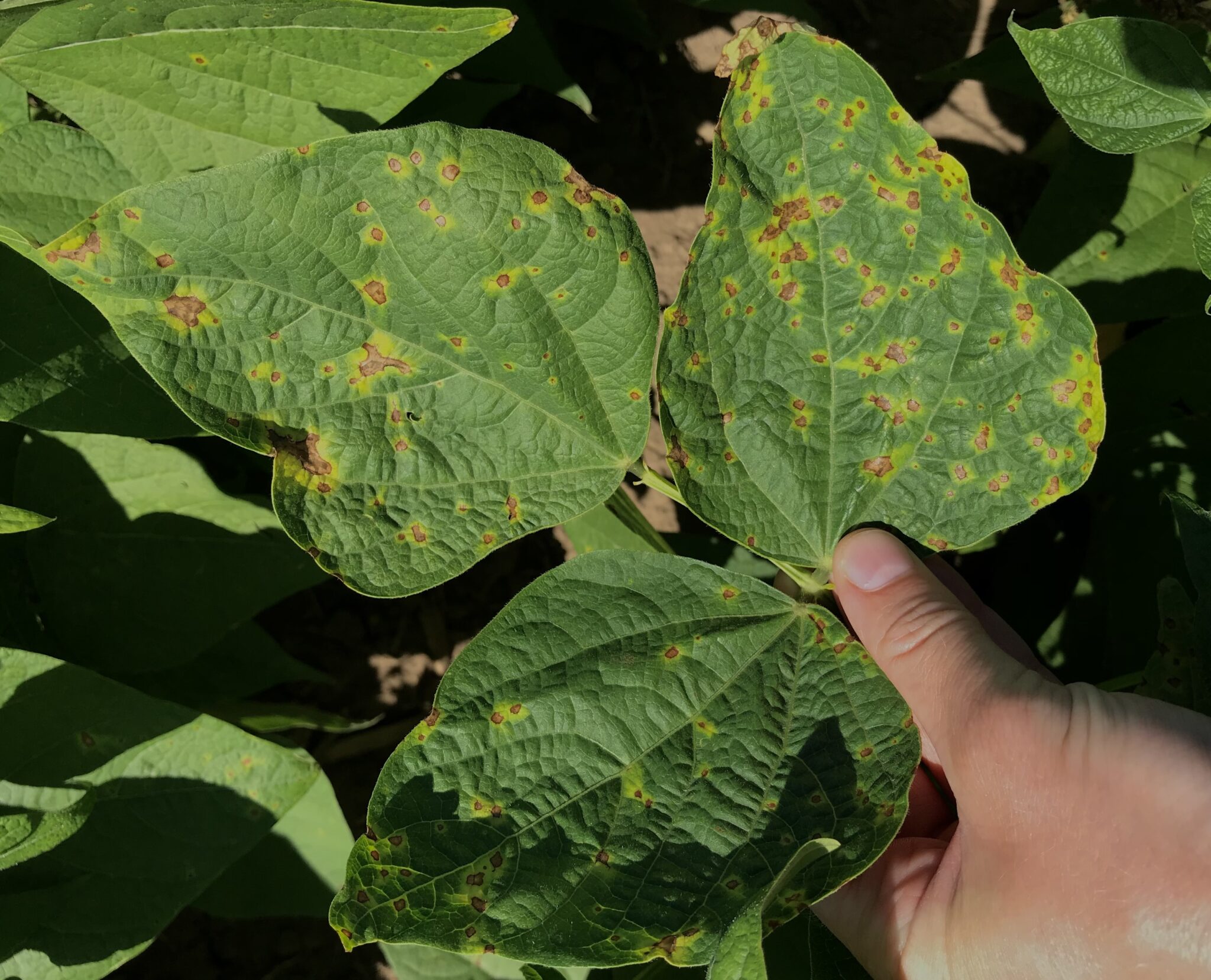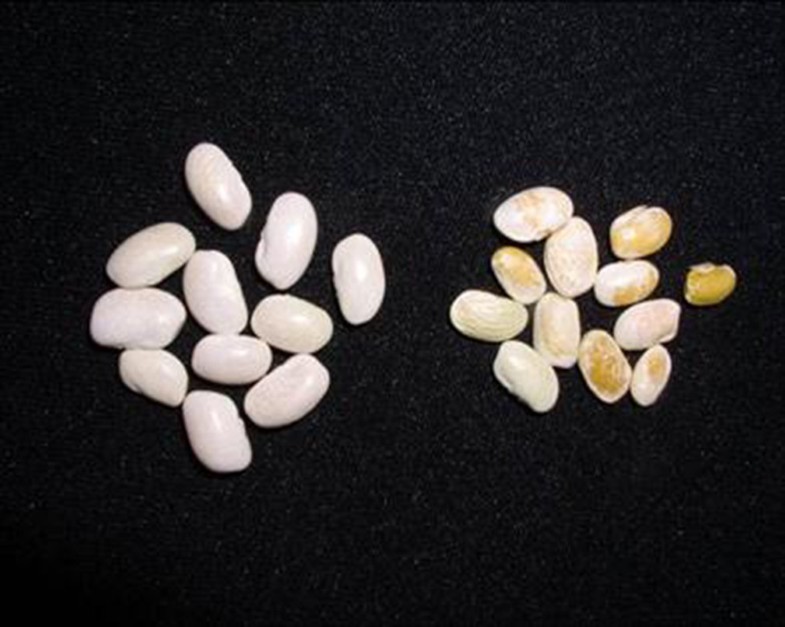



Ĭommon bean ( Phaseolus vulgaris L.) is the main grain legume used for direct human consumption. These pathways lead to defense responses characterized by, but not limited to the production of pathogenesis-related (PR) proteins and cell wall reinforcement. Different molecular pathways can be activated, involving major hormones such as salicylic acid (SA), jasmonic acid (JA) and ethylene, which are key for regulating the immune response to pathogen. After pathogen detection, plants usually trigger a burst of Ca 2+ followed by an extracellular production of reactive oxygen species and activation of mitogen-activated protein kinases (MAPKs). Most of these proteins belong to a large family of nucleotide-binding leucine-rich repeat (NLR) receptors. The second layer of plant immunity or effector-triggered immunity (ETI) consists of the direct or indirect recognition of effectors by intracellular disease resistance ( R) proteins. For example, bacterial pathogens use a type III secretion system to inject dozens of type III effectors into host cells. Pathogens employ an array of proteins called effectors, a large proportion of which are able to subvert PTI. Activation of PRRs leads to a complex response called PAMP-triggered immunity (PTI) involving intracellular signaling, transcriptional reprogramming, and biosynthesis of compounds that limit microbial colonization. PRRs belong typically to the receptor-like kinase (RLK) family, which encompasses membrane proteins with an extracellular domain composed of either leucine-rich repeats or lysin motifs. The first layer of the plant immune system consists of the recognition of evolutionarily conserved pathogen- or microbe-associated molecular patterns (PAMPs or MAMPs) by pattern-recognition receptors (PRRs). Plant immunity is governed by a two-tier system capable of monitoring the presence of pathogens. We discuss the potential link between the pathways induced during bean colonization and genes induced by transcription activator-like effectors (TALEs), as illustrated in other Xanthomonas pathovars. This study helps better understanding the mechanisms occurring during the early colonization phase of common bean by Xanthomonas and unveils new actors potentially important for resistance and susceptibility to CBB. Resistance was linked to upregulation of the salicylic acid pathway and downregulation of photosynthesis and sugar metabolism, while susceptibility was linked to downregulation of resistance genes and upregulation of the ethylene pathway and of genes involved in cell wall modification. phaseoli showed that the susceptible genotype initiated a more intense and diverse biological response than the resistant genotype. Reciprocal BLASTp analysis led to a list of 20,787 homologs between these genotypes and the common bean reference genome (G19833), which provides a solid dataset for further comparative analyses. We sequenced and annotated the genomes of two common bean genotypes being either resistant (BAT93) or susceptible (JaloEEP558) to CBB.

To date, transcriptomic studies after CBB infection have been very scarce and the molecular mechanisms underlying susceptibility or resistance are largely unknown. Resistance to CBB is particularly complex as 26 quantitative resistance loci to CBB have been described so far. fuscans is one of the major threats to common bean crops ( Phaseolus vulgaris L.). Common bacterial blight (CBB) caused by Xanthomonas phaseoli pv.


 0 kommentar(er)
0 kommentar(er)
